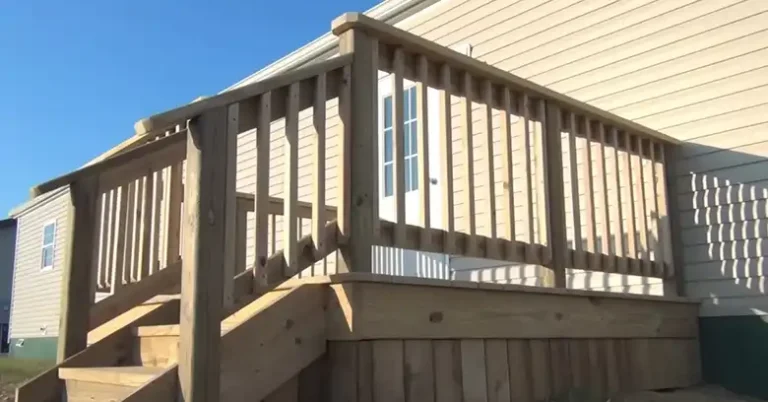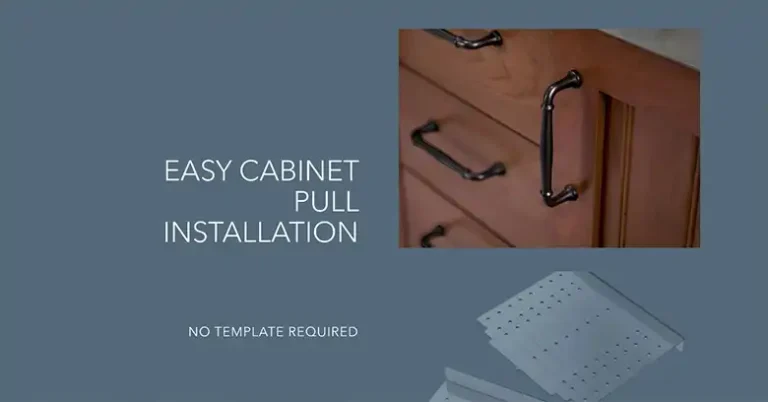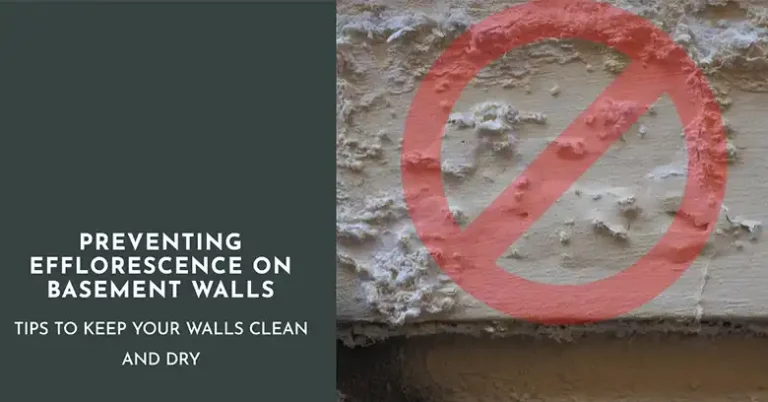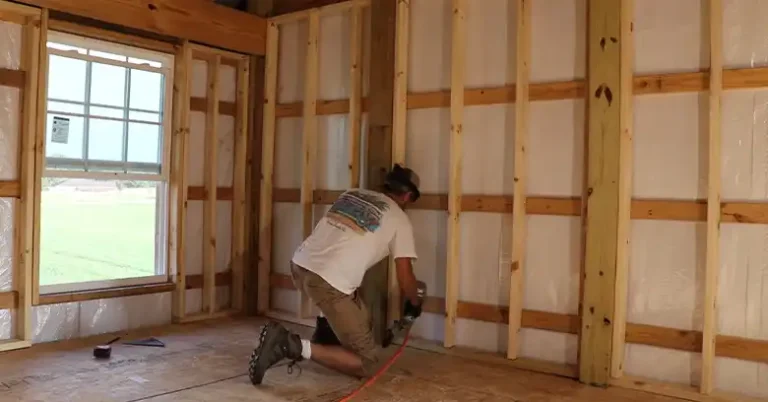How to Install Wall Cabinets Without Studs?

Installing wall cabinets is a common home improvement project that can significantly enhance storage and aesthetics in your kitchen, bathroom, or any other room. However, the process becomes challenging when there are no studs available for secure mounting. Don’t worry – there are several effective methods to install wall cabinets without studs, and this article will walk you through each option.
The key to successfully installing wall cabinets without studs lies in using alternative mounting techniques that distribute the weight evenly and provide adequate support. By following the methods outlined in this article, you can safely and securely hang your cabinets, even in the absence of wall studs.
Safety Considerations Before Installing Wall Cabinets without Studs
Before diving into the installation process, it’s crucial to prioritize safety. Even though we’re not using studs, we still need to be aware of what’s behind our walls.
Locating Utilities
Use a stud finder with wire detection capabilities to locate any electrical wires or plumbing lines behind the wall. This step is critical even when not mounting to studs, as it helps prevent accidental damage to hidden utilities.

Image: using Stud finder on wall
Weight Limits
Different mounting methods have varying weight capacities. As a general rule, non-stud mounting methods can typically support cabinets weighing up to 50-80 pounds when properly installed. For heavier cabinets, consider combining multiple mounting methods or seeking professional assistance.
Preparing for Studless Wall Cabinet Installation
Proper preparation is key to a successful cabinet installation. Follow these steps to ensure you’re ready for the task ahead.
Assessing Wall Material
The type of wall you’re working with will influence your choice of mounting method. Here’s a quick reference table:
| Wall Material | Suitable Mounting Methods |
| Drywall | Toggle bolts, hollow wall anchors, French cleats |
| Plaster | Toggle bolts, expansion anchors |
| Concrete | Concrete anchors, adhesive mounting |
Measuring and Marking
Accurate measurements are crucial for a professional-looking installation. Use a level and measuring tape to mark the exact locations where your cabinets will hang. Pay special attention to ensuring your cabinets will be level both horizontally and vertically.
Creating an Installation Plan
Sketch out your installation plan, including the layout of your cabinets and the specific mounting method you’ll use for each. This planning stage helps identify potential issues before you start drilling holes in your wall.

Installation Methods for Installing Wall Cabinets without Studs
Now, let’s explore the various methods for installing wall cabinets without studs. Each method has its strengths and is suitable for different situations.
Method 1: Toggle Bolts
Toggle bolts are an excellent choice for hanging cabinets on drywall or plaster walls without studs. They can support significant weight and distribute the load effectively.
Step-by-step process:
- Drill holes in the cabinet back where you’ll insert the toggle bolts.
- Hold the cabinet against the wall and mark the hole locations on the wall.
- Drill holes in the wall slightly larger than the toggle bolt’s folded wings.
- Insert the toggle bolts through the cabinet and into the wall holes.
- Tighten the bolts to secure the cabinet to the wall.
Pro tip: Always drill pilot holes in the cabinet to prevent splitting the wood.

Method 2: Hollow Wall Anchors
Hollow wall anchors, including expansion anchors and molly bolts, are another reliable option for drywall installation.
Molly bolts vs. Toggle bolts:
| Aspect | Molly Bolts | Toggle Bolts |
| Installation | Easier | Requires larger holes |
| Weight capacity | Moderate | Higher |
| Reusability | Can be removed and reused | Single-use |
| Wall damage upon removal | Minimal | More noticeable |
Follow the manufacturer’s instructions for installation, as the process can vary slightly between brands and types.

Method 3: French Cleats
French cleats offer a sturdy and adjustable mounting solution. They’re especially useful for heavier cabinets or when you want the flexibility to remove and reinstall cabinets easily.
Step-by-step process:
- Cut two pieces of wood at a 45-degree angle along the length.
- Attach one piece to the wall using appropriate anchors.
- Attach the other piece to the back of the cabinet.
- Hang the cabinet by interlocking the two angled pieces.
For added security, consider using L-shaped cleats or incorporating a keyhole feature.
Method 4: Installing a Backer Board
For maximum support, especially with heavier cabinets, installing a backer board can be an excellent solution.
Step-by-step process:
- Cut a piece of 3/4-inch plywood to span the width of your cabinet installation area.
- Secure the plywood to the wall using a combination of toggle bolts and construction adhesive.
- Allow the adhesive to cure according to the manufacturer’s instructions.
- Mount your cabinets to the backer board using screws.
This method provides a solid mounting surface and distributes the cabinet weight across a larger area of the wall.
Method 5: Adhesive Mounting
For lighter cabinets or temporary installations, high-strength construction adhesive can be used in combination with mechanical fasteners for added security.
Important note: Adhesive mounting alone is not recommended for most wall cabinets due to the potential for failure over time. Always use it in conjunction with other mounting methods for best results.
How to Maximize the Strength and Stability of Your Wall Cabinets
To ensure your cabinets remain securely mounted for years to come, consider these additional tips:
- Distribute weight evenly by using multiple mounting points across the cabinet.
- For larger cabinets, combine two or more mounting methods for extra support.
- Use shims behind the cabinets to ensure they’re perfectly level and flush against the wall.
- Avoid overloading cabinets mounted without studs – stick to the weight limits recommended for your chosen mounting method.
Alternatives for Very Heavy Cabinets
If you’re dealing with exceptionally heavy cabinets or are uncomfortable with the idea of mounting without studs, consider these alternatives:
- Reinforce the wall structure by adding blocking between studs (requires opening the wall).
- Use a combination of floor-to-ceiling tension poles and wall mounting for added support.
- Consult a professional carpenter or cabinet installer for custom solutions.
Bottom Line
Installing wall cabinets without studs is entirely possible with the right techniques and materials. By carefully assessing your wall type, choosing the appropriate mounting method, and following the steps outlined in this guide, you can successfully hang your cabinets securely and safely.
Remember to prioritize safety, take accurate measurements, and don’t hesitate to combine multiple mounting methods for added stability. With patience and attention to detail, you’ll be able to enjoy your newly installed wall cabinets in no time.






